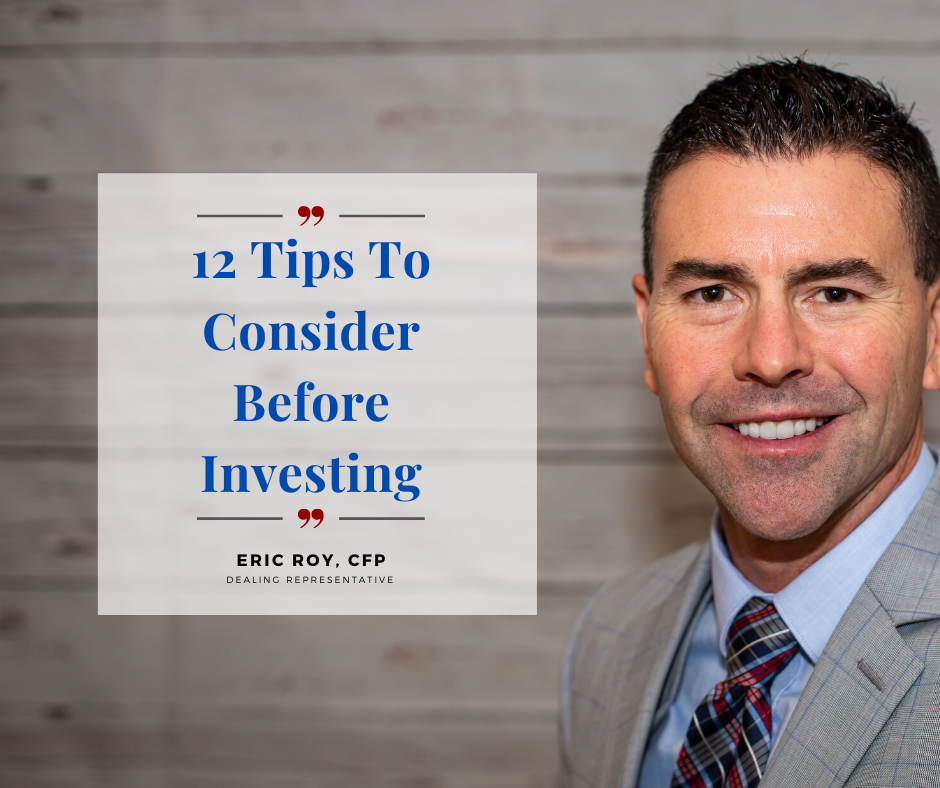When a company pays dividends to a shareholder, that shareholder has two options. They can either pocket the cash and take it as extra income, or they participate in a Dividend Reinvestment Plan (DRIP). A Dividend Reinvestment Plan is a share purchase plan offered by companies that allow investors to reinvest their cash dividends to buy additional shares. A plan such as this can have significant long-term advantages, as it allows investors to maximize their compounding power.
What You Need to Know about DRIPS
Dividend reinvestment plans have many advantages:
1. You Pay Less Commission
Typically, companies allow for shareholders to have their dividends automatically reinvested without paying any commission or brokerage fees.
2. Discounted Shares
Many companies offer a discounted price for shares purchased through dividend reinvestment plans. What that price is may vary by company, but investors could save up to 10% off the current share price.
3. Compounding Returns
Perhaps the greatest advantage to participating in a DRIP is the effects of compounding.
For Example:
Assume company 123 pays an annual dividend of 3% per share, and its stock price increases by 10% each year. You invest $10,000 when the stock is priced at $20 per share. You now own 500 shares of company 123 and decide to participate in a DRIP. At the end of the first year, 123 pays a dividend of $300 (3% x 10,000). 123’s stock price has gone up to $23.
Through the DRIP you purchase an additional 13.04 more shares. At the end of the second year, 123 pays a dividend of $353 on all 513.04 shares. The stock price has risen again to $26 and your dividends are reinvested to buy you another 13.5 shares. You now own 526.51 shares valued at $13,689.26
As you can see with the above example, even after only two years the positive effects of compounding become apparent. If these investments were held as a long-term investment while utilizing this strategy, the final outcome could be significantly greater than if the dividends were just taken in cash.
The Bottom Line
DRIPs can have serious advantages for investors who hold dividend-paying stocks. As always, it is important to speak to your financial planner to determine if this strategy works for you.
Approval #20181108A



